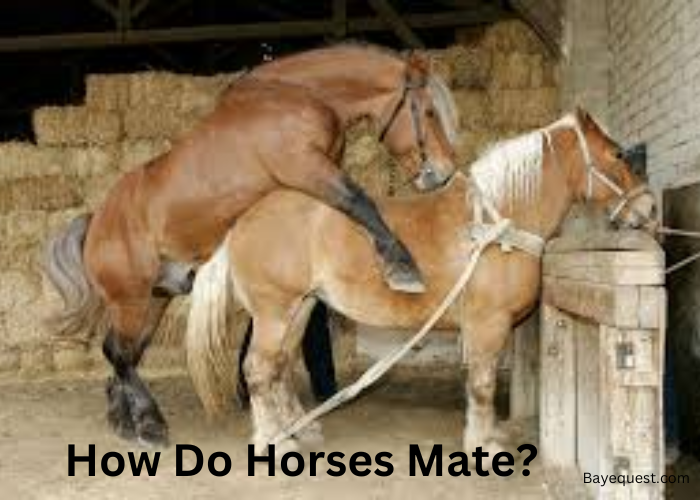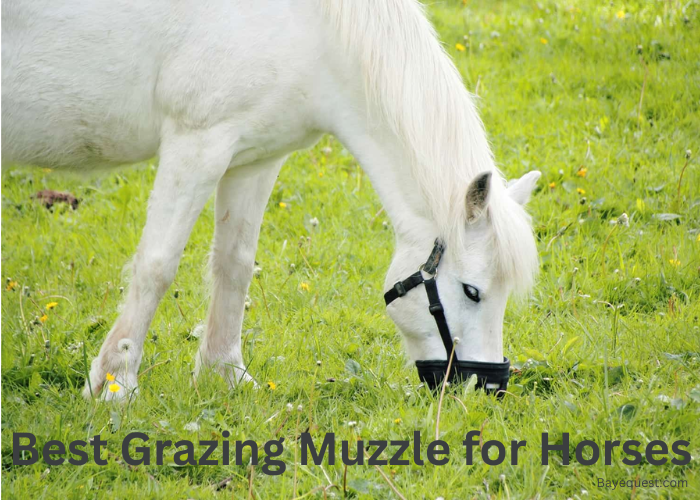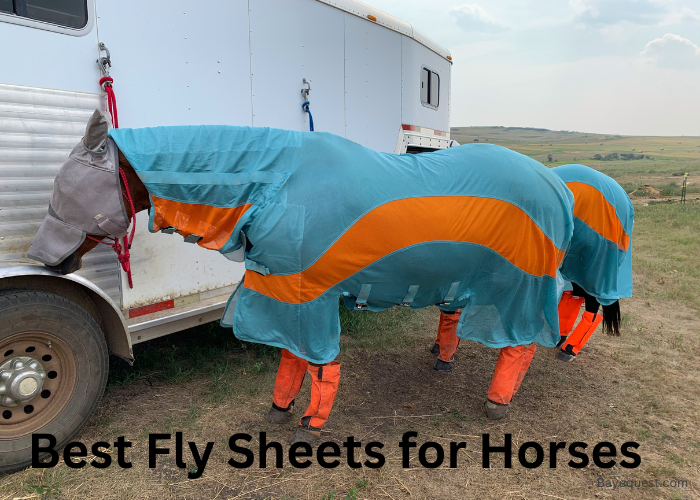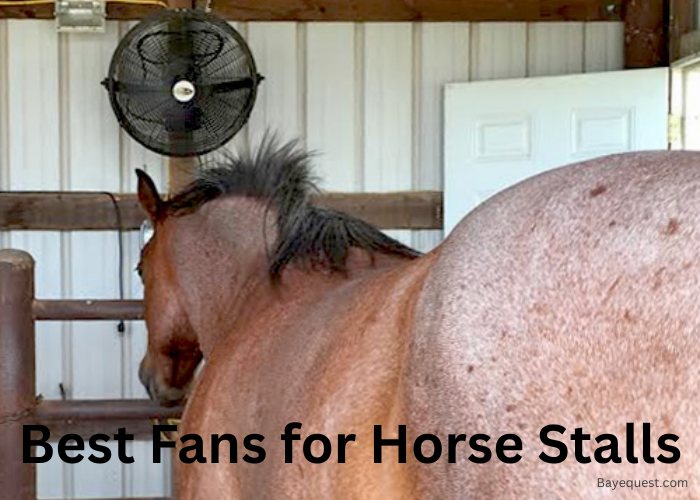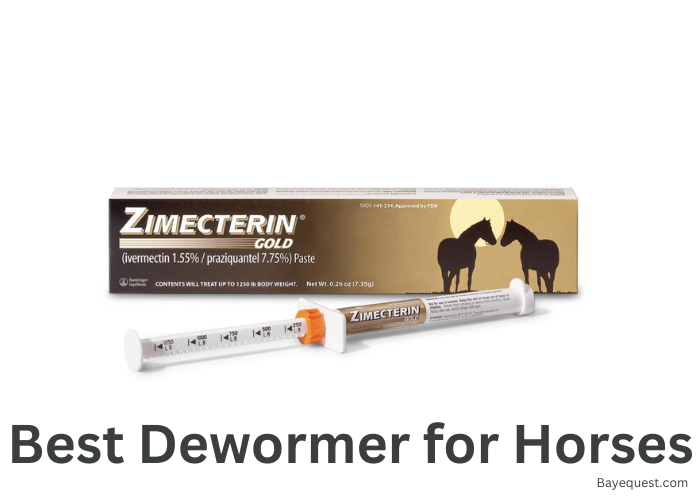Curious about how horses handle “the birds and the bees”? It’s more than a nuzzle or nicker.
Their courtship involves instincts, timing, and even playful horseplay.
Stallions strut, mares respond, and nature takes over in a fascinating ritual.
If you’re a horse lover or just curious about equine romance, stay tuned. We’re diving into the question: “How do horses mate?”
It’s a wild and intriguing show you won’t want to miss.
Horse Mating Process: Key Takeaway
Horses mate through a natural courtship process. The stallion approaches the mare, displaying behaviors like sniffing and nuzzling. If the mare is receptive, she signals readiness by standing still and lifting her tail. The stallion must mount the mare from behind for mating to occur, following their natural reproductive instincts.
Basic Reproductive Anatomy of Horses
Understanding horse reproduction starts with their anatomy. Here’s a simple breakdown of how stallions, geldings, and mares are uniquely built for their roles in breeding.
Stellings and geldings
Stallions are male horses with all their reproductive parts intact and fully functional. They’ve got two key players: the testes and the penis. The testes are the workhorses here, cranking out sperm and testosterone.
They’re tucked away in a sac called the scrotum, hanging between the hind legs. This setup keeps them cool because, believe it or not, sperm production needs a slightly cooler environment than the rest of the body.
Then, there’s the penis, which is usually tucked up and out of sight until it’s showtime. When a stallion’s ready to mate, it extends and gets to work delivering sperm to the mare.
Geldings, on the other hand, are a different story. They start like stallions but get a snip-snip surgery called gelding or castration. This removes their testes, so they can’t produce sperm or testosterone anymore.
Think of it as a way to dial down the testosterone-fueled behavior. Geldings don’t have that same drive to mate because the hormones aren’t there to push them.
They’re often calmer and easier to handle, which makes them great for riding and working without all the stallion drama. Their anatomy changes a bit after gelding, too. Without the testes, the scrotum shrinks, and the reproductive organs don’t function similarly.
Related read: Difference between geldings and stallions.
Mares
Mares are female horses whose reproductive setup is all about cycles and timing. Up front, they have ovaries—one on each side, kind of like small, oval-shaped factories.
These ovaries produce eggs and hormones like estrogen and progesterone, which control the mare’s estrous cycle. This cycle, called “coming into heat,” happens every three weeks during the breeding season. It’s their way of saying, “Hey, I’m ready.”
When an egg is ready to meet a stallion’s sperm, it travels down a passage called the fallopian tubes to the uterus. The uterus is the big player here—a muscular, pear-shaped organ where a fertilized egg can settle in and grow into a foal.
It’s the ultimate cozy bed for a baby horse. The uterus has strong walls to protect and support the foal as it develops.
At the end of the line, we have the cervix, a sort of gatekeeper between the uterus and the vagina. The cervix opens up when the mare is in heat, allowing sperm to pass through. The vagina is the passage that leads outside, where everything comes together during mating.
Mares also have vulva lips at the very end of their reproductive tract. These protect the entrance to the vagina and help keep things clean.
When a mare is ready to mate, the vulva and surrounding area might change a bit in appearance, making it clear she’s in heat.
How Do Horses Mate?
Horse mating is a fascinating dance of nature, combining instinct, timing, and a bit of equine chemistry.
From the moment a mare signals she’s ready to the final moments of the act, it’s a natural sequence that ensures the continuation of their species.
Let’s dive into the details.
The receptive mare
When a mare is in heat, she’s signaling that she’s ready to mate.
You’ll notice changes in her behavior: she might become more affectionate, lifting her tail and sometimes even winking her vulva.
She’ll also produce a special scent through her urine, which attracts the stallion. Her body is rolling out the welcome mat, making it clear she’s ready to accept a mate.
Courtship rituals
Horse courtship is quite the show. It starts with the stallion approaching the mare, often sniffing and nuzzling her to gauge her interest.
He might prance around a bit, showing off his strength and vitality. If receptive, she’ll stand still and lift her tail, signaling she’s ready.
They might exchange nuzzles and soft nickers, a bit like their version of flirting. It’s all about communication and consent, ensuring both parties are on the same page.
Mating process
The stallion mounts her from behind once the mare signals she’s ready. This requires precise timing and balance.
The stallion uses his front legs to grip the mare’s sides, and the mating act is usually quick, lasting only a minute or two.
During this time, the stallion ejaculates semen into the mare’s reproductive tract, aiming to fertilize her egg.
After dismounting, the stallion might stay close, but the immediate physical connection ends there.
Post mating behavior
After mating, the pair often separate. The mare might move away, while the stallion may stand by for a bit, sometimes giving a few nuzzles or sniffs.
The mare’s body will start a process to support a pregnancy potentially.
If the mating is successful, she’ll show no interest in further advances from the stallion or other males.
Otherwise, she might return to her normal behavior and come into heat again in a few weeks.
For How Long Do Horses Mate?
Horse mating is surprisingly quick. Once the mare gives the green light, the stallion mounts and does his part in a flash.
The whole process, from mounting to ejaculation, usually takes less than a minute. Sometimes, it’s even over in just a few seconds.
Despite the brief action, it’s all carefully timed. The stallion must be precise, and the mare must stay still to ensure everything goes smoothly.
It might seem fast, but it’s nature’s efficient way of getting the job done without much fuss.
When Do Horses Mate?
Horses have a special mating season, mainly in the warmer months. Mares usually come into heat from early spring through late summer.
That’s when the days get longer and the weather warms up. The sunlight helps trigger their cycle.
You’ll see them coming into heat every three weeks, showing signs they’re ready.
Stallions are ready to go any time, but they’re most active and eager during the same season. Their mating drive peaks when the mares are in heat.
So, most horse mating happens from spring to early fall, making the most of the sunny days and ensuring that foals are born when warm enough to thrive.
When is the Mating Season for Horses?
Horse breeding season is all about timing and sunshine. It kicks off in early spring and runs through late summer.
The longer days and warmer weather signal the mares that it’s time to get into gear.
Their cycles start rolling and come into heat every three weeks or so.
Stallions are always ready, but their energy ramps this season, matching the mares’ cycles.
This timing ensures foals are born in spring or summer the next year when it’s warm, and there’s plenty of food.
It’s nature’s way of giving them the best start in life.
Why are Horses Seasonal Breeders?
Horses are seasonal breeders to give their foals the best chance at survival.
Breeding in the spring and summer means foals are born in warm weather with plenty of food.
Longer days and sunlight help mares get into their breeding cycles, making them ready to mate.
It’s nature’s smart way to ensure the new foals have mild weather to grow strong without the harsh challenges of winter.
This timing helps the herd thrive, aligning births with the best conditions for survival and growth.
Horses Breeding in the Wild Vs Domestic
In the wild, horse mating is a natural and competitive process. Stallions gather a group of mares, known as a harem, and protect them from other males.
They compete for dominance, often fighting to win or keep their group. Courtship involves a lot of displaying and chasing, with the stallion showing off his strength.
The mare decides when she’s ready; if she accepts him, mating happens naturally and often quickly.
On the other hand, domestic horse mating is carefully controlled by humans.
Stallions and mares are selected based on desired traits like health, performance, or temperament.
There’s no competition; it’s all planned out. Breeders manage the timing and setting, sometimes using artificial insemination.
This reduces risks and allows for more precise breeding outcomes.
When Are Horses Sexually Mature?
Horses hit sexual maturity at different ages, depending on their gender and breed.
Mares usually reach sexual maturity around 12 to 18 months old. This means they start coming into heat and can conceive a foal.
However, many breeders prefer to wait until the mare is at least 3 years old before breeding her to ensure she’s fully developed and healthy.
Stallions become sexually mature a bit earlier, around 12 to 15 months old. They start showing interest in mares and can produce viable sperm.
But just like with mares, it’s best to wait until they’re a bit older—around 2 to 3 years old—before letting them breed.
This ensures they’re physically and mentally mature enough to handle the demands of mating and managing a harem or a breeding environment.
Is Your Mare Ready To Breed?
Is your mare ready to breed? Here’s what to look for.
First, check if she’s in heat. You’ll notice her tail lifting, frequent urination, and maybe a bit of winking with her vulva.
She might also be more affectionate, nuzzling and nickering to nearby stallions.
Make sure she’s healthy, too. A vet check is a good idea. You want her in top shape, with no underlying health issues.
Her weight matters as well. It’s not too thin or heavy—just for carrying a foal.
Age is another factor. Most breeders wait until a mare is at least three years old.
She needs to be physically mature and ready to handle pregnancy and foaling. Younger mares might still grow, so waiting ensures she’s fully developed.
Finally, consider her temperament. A calm and cooperative mare will make the process easier.
If she’s too stressed or anxious, waiting or taking extra precautions might be best.
Together, these signs will help you decide if your mare is ready for breeding.
Breeding Management in Domestic Settings
Breeding horses at home involves careful planning and management. Here’s how it may be done:
Hand breeding
Hand breeding is like setting up a date. You bring the stallion and mare together, but with human control.
The stallion is led to the mare, usually in a safe, confined space. Handlers help guide the stallion to mount the mare properly.
They make sure everything goes smoothly and safely.
It’s a controlled way to breed, which helps prevent injuries and lets you monitor the process closely.
Pasture breeding
Pasture breeding is more laid-back. You let the stallion and mare hang out together in a pasture. They get to know each other naturally and mate when they’re ready.
This method is more like how it happens in the wild. There’s less control, but it’s less stressful for the horses.
You’ll need to watch them to ensure the stallion doesn’t get too aggressive and that the mare is okay with the attention.
Artificial Insemination
Artificial insemination (AI) is all about science and precision. Instead of the stallion and mare mating directly, you collect semen from the stallion and insert it into the mare’s reproductive tract.
This can be done without them ever meeting. It’s great for avoiding risks and managing genetics. You can even use semen from a stallion far away.
It’s all about getting the best match with less hassle and more control.
Factors Affecting Successful Mating Horses
Successful horse breeding depends on a few key factors:
Health and nutrition
Healthy horses make better parents. Your mare and stallion should be in good shape, with regular vet check-ups.
Proper nutrition is crucial. They need the right balance of vitamins and minerals to stay strong and fertile. A well-fed horse has a better chance of producing healthy foals.
Timing
Timing is everything. Mares have a breeding season and come into heat every three weeks.
You need to catch them at just the right moment when they’re ready to conceive. Missing the timing can mean waiting for the next cycle.
Genetics
Genetics play a big role. You want to pair horses with strong traits you want to pass on.
This means looking at their lineage, health history, and genetic issues. Good genetics can lead to healthier and stronger foals.
Environment
A stress-free environment makes a big difference. Horses need a calm, clean place for breeding.
Stress can mess with their cycles and make them less willing to mate. A comfortable setting helps them relax and improves the chances of successful breeding.
Experience
Experience matters. A mare that has bred successfully before is often more predictable. Young or inexperienced horses need more time and patience.
Similarly, a stallion with proven success can boost confidence in the breeding process.
Behavior
Behavior is key, too. Both the mare and stallion should have good temperaments.
Aggressive or nervous horses can complicate breeding. You want them to be calm and cooperative to ensure everything goes smoothly.
How Do Horses Breed? Conclusion
Here’s the wild and wonderful world of horse mating. From the stallion’s strut to the mare’s flirt, it’s a natural dance of instinct and timing.
Whether in open fields or under human guidance, horse breeding is a mix of nature’s drama and careful management.
It’s quick, precise, and essential for foals. Next time you see horses nuzzling, you’ll know what’s behind the nickers and snorts.
Nature’s plan is fascinating, effective, and always worth watching.




